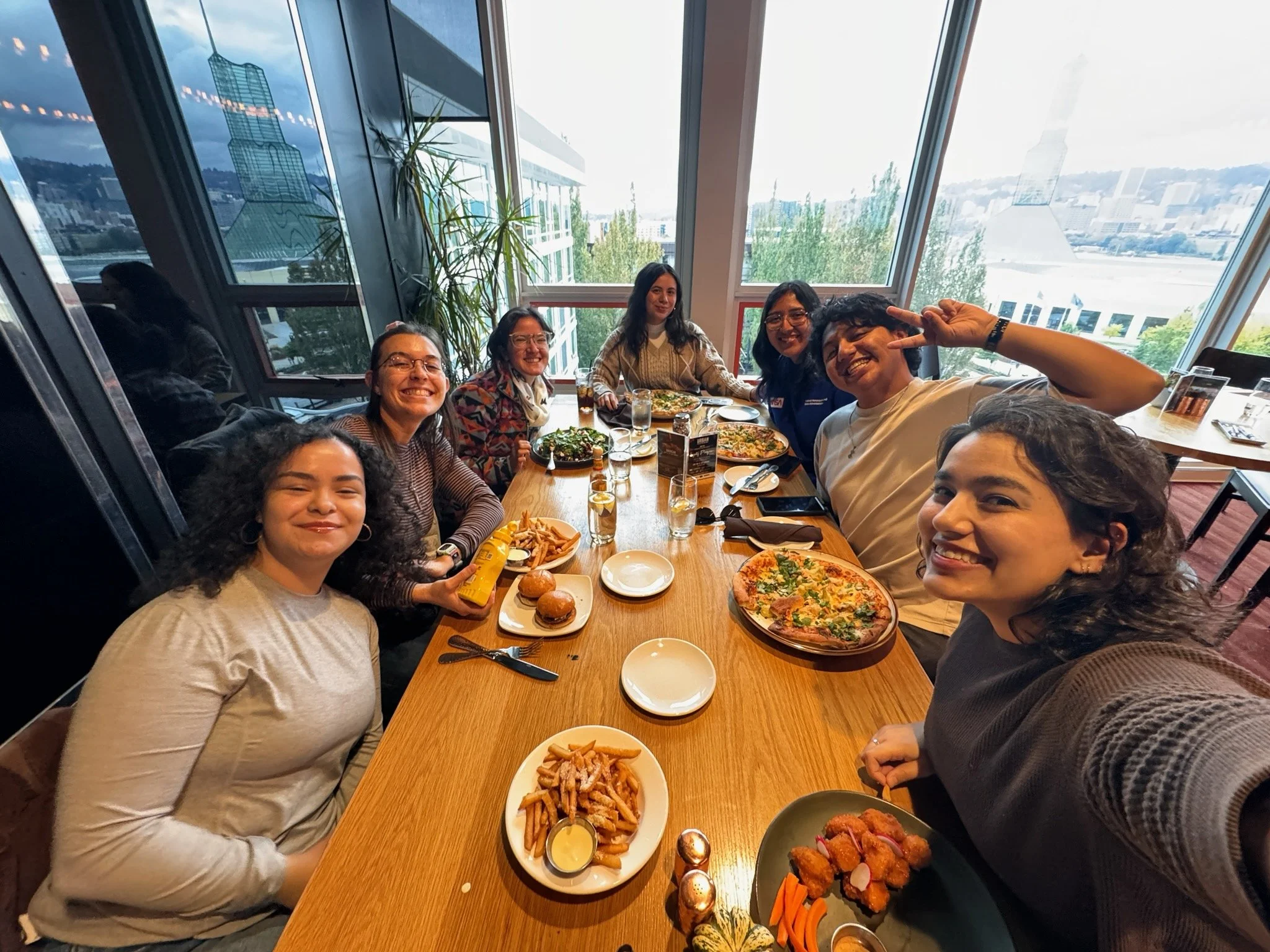Key Insight 1: Science Communication
Science alone doesn’t save species. Stories do. Science communication and the importance of narrative in environmental awareness and policy change.
In Spring 2023, I received funding through the Magellan Journey program to pursue Beyond the Classroom (BTC) experience analyzing media coverage of the critically endangered North Atlantic right whale. I worked with Dr. Erin Meyer-Gutbrod and Ph.D. candidate Amadi Sefah Twerefour, using a dataset of over 1,000 online news articles from the U.S. and Canada published in 2021. My goal was to explore how the tone, frequency, and framing of North Atlantic right whale-related media stories varied by outlet and country, and whether those differences might influence conservation awareness and the creation and implementation of policy to protect them.
I used RStudio to code each article by topic and sentiment, and I noticed a trend: United States outlets emphasized the need for new management or policy enforcement, while Canadian outlets focused on protections already enacted, and ongoing implementation. The differences were not subtle. How could something as crucial as the death of a right whale barely register in United States outlets, while Canadian sources made it front-page news? Skills from Marine Data Science with R (MSCI 599), and Elementary Statistics for Biological & Life Sciences (STAT 205) helped me code, visualize, and interpret patterns from news articles, which made the policy and communication gaps impossible to ignore.
Artifacts such as my Magellan Journey Submission and Right Whale Research Poster capture this process and demonstrate how I learned to code media data, analyze sentiment, and communicate results visually. The SACNAS Statement of Purpose shows how I began reframing myself as a science communicator in response to these findings.
Most articles, regardless of theme or tone, came from low-readership outlets, meaning many stories never reached a broad audience. The ultimate goal is to ensure people of all backgrounds read news about right whales and push their local governments to create and enforce policies that protect right whales. That won’t happen if the readership of said articles remains minimal.
Before this project, I believed that science and data would naturally drive conservation. I imagined that if the facts were dire enough, including critically endangered species, rising death counts, and declining birth rates, change would follow. But this project forced me to confront a sad truth: visibility and framing often shape public response more than raw data ever will.
Working with real-world data, I began to see that what is not said is just as powerful as what is. I realized that even in science, storytelling is part of the method, but without resonance, evidence is often ignored. That realization shook my confidence as a science communicator, but redefined my purpose.
This experience changed the way I understand science, and the role I want to play in it. I no longer see research and outreach as separate fields. Instead, I see science communication as a vital form of activism, especially in the face of climate change and biodiversity loss.
I want to be someone who translates scientific urgency into accessible, emotionally resonant stories that compel public and political action. This insight has already influenced how I approach future projects. I am more intentional about language, audience, and tone. I ask not only what the data shows, but how that data can be conveyed to reach the people who need to hear it.
Going forward, I plan to pursue a career in environmental policy and communication, working across science, media, and law to ensure that endangered species like the right whale do not become extinct. They deserve more than coverage. They deserve a voice.
Artifacts:
Beyond the Classroom Artifact 1: Magellan Scholar Submission
Beyond the Classroom Artifact 2: Magellan Scholar Resubmission Edits
Beyond the Classroom Artifact 3: SACNAS Statement of Purpose
Beyond the Classroom Artifact 4: Right Whale Research Poster (presented at the USC Summer Symposium in 2025)



